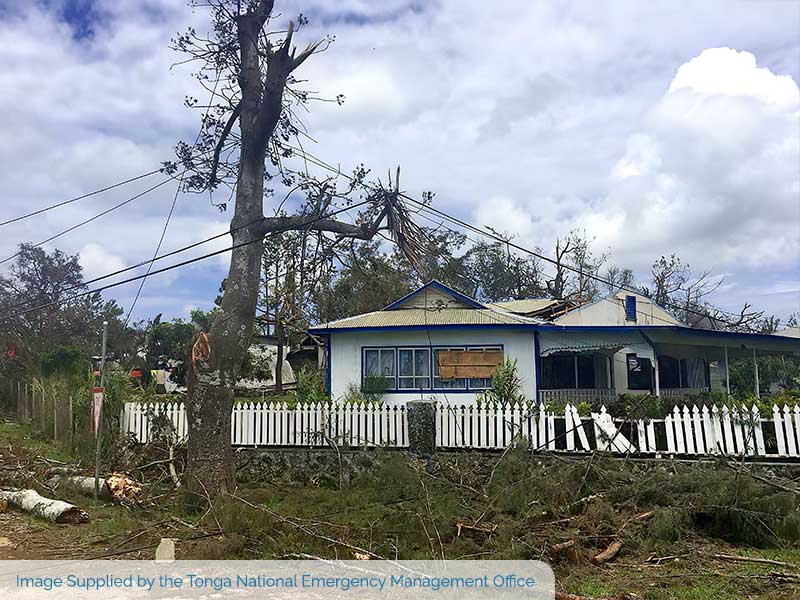
Everything Gets Reduced to Essentials
Risk Pooling
Risk Pooling is a fundamental concept within insurance. In Disaster Risk Insurance, a risk pool is created by combining the insurance needs of individual nations into a single diversified portfolio of risk. Since it is highly unlikely that several countries will be hit by a major disaster within the same year, the diversification among participating countries creates a more stable and less capital-intensive portfolio. Additionally, the larger size of the collective pool generally means PCRIC is able to offer lower insurance premiums to PICs than the insurance market would be able to offer if nations sought insurance coverage individually.
Parametric Insurance
Policies taken out under this form of insurance are based upon the outcome of a predetermined model. The so called ‘catastrophe model’ is based on a number of parameters and metrics covering the type of catastrophe being insured – for example, tropical cyclone, earthquake or tsunami. Using this model allows the insurer to predict the value of losses likely to be incurred (the ‘modelled loss’) should an insured disaster occur, and agree with the insured party ahead of time the value of a payout to be made.
Though the amount may not fully cover the actual costs incurred, parametric insurance avoids the need for on-the-ground assessment before a claim can be settled, offers predictability and enables pre-planning of expenditures against a guaranteed amount.
Payout Criteria
Following a tropical cyclone, earthquake or tsunami event, if the modelled loss as calculated by PCRIC’s catastrophe model exceeds a pre-defined threshold, or ‘trigger’ then a payout will be made. This trigger is calculated to represent the magnitude of loss that would be expected to occur once every ten years on average (a “1-in-10-year event”), meaning every year a country has a 10% chance of a payout being due per policy held. For any modelled loss above the trigger, the amount of the payout increases as the modelled loss increases up to a pre-defined coverage limit per policy. This means higher payouts are due for more severe events.
Importantly, because the amount of the payout available is pre-agreed there is no need for payment to be withheld pending assessment of the disaster impact.
Learn more here: What happens when a disaster strikes

